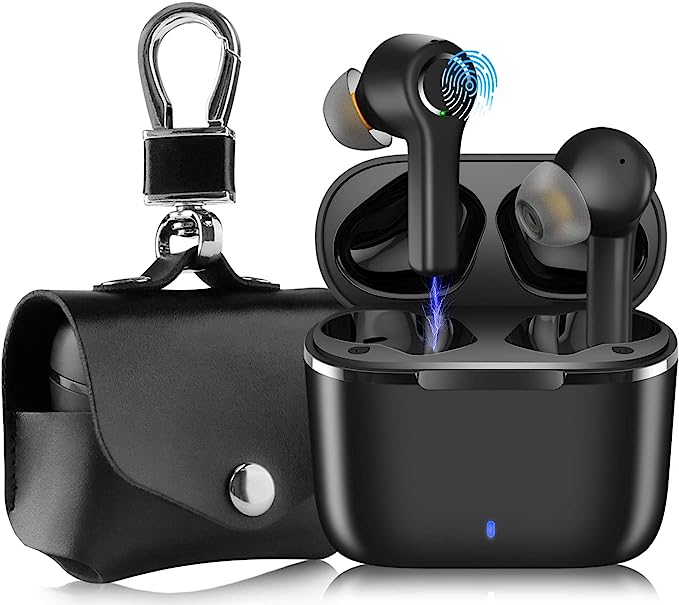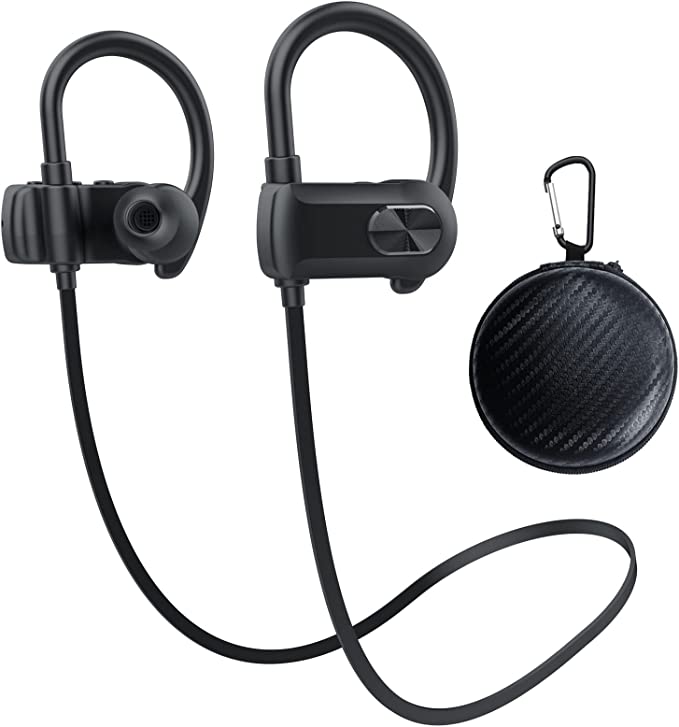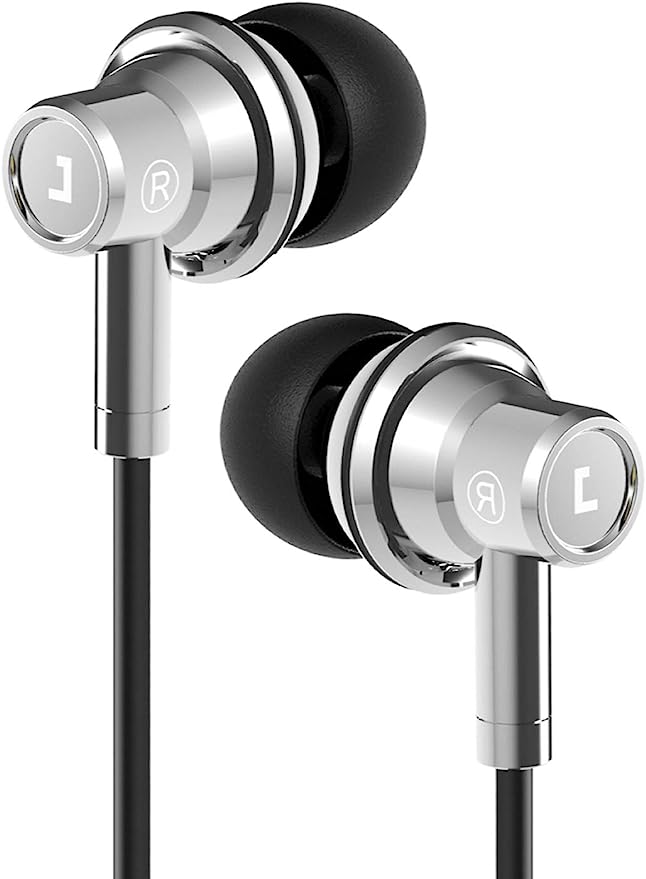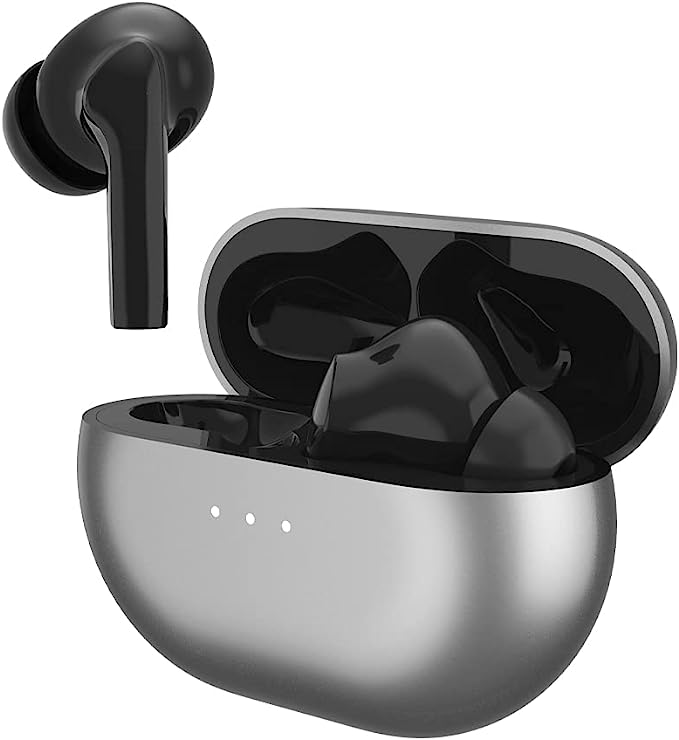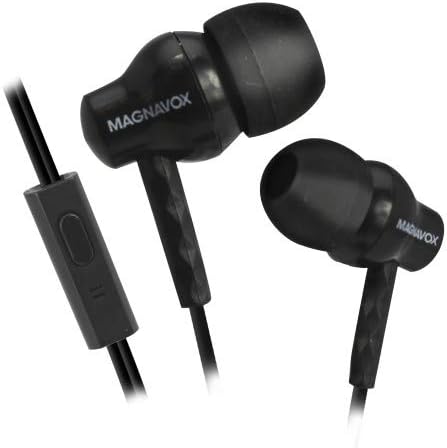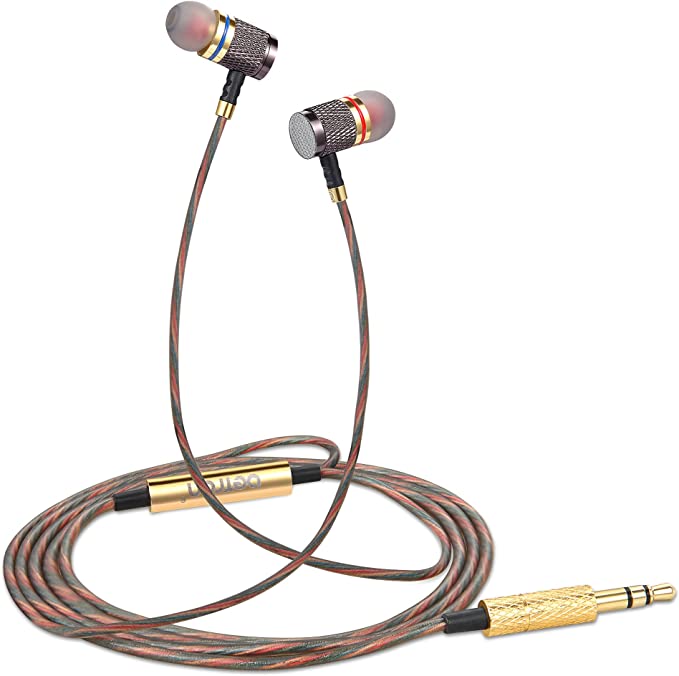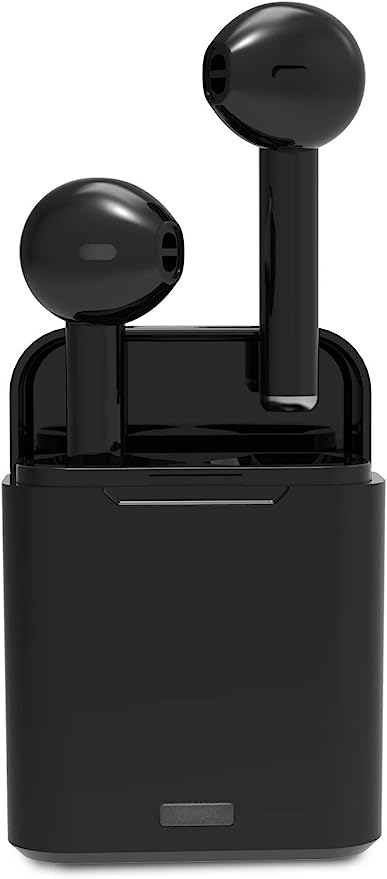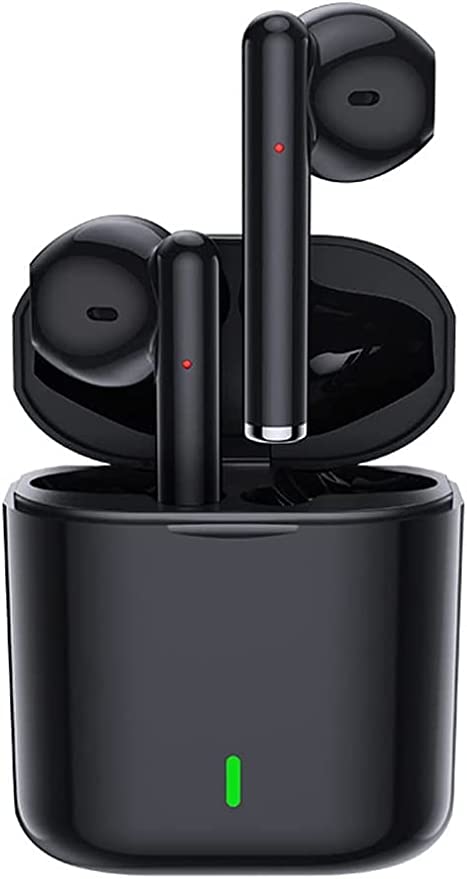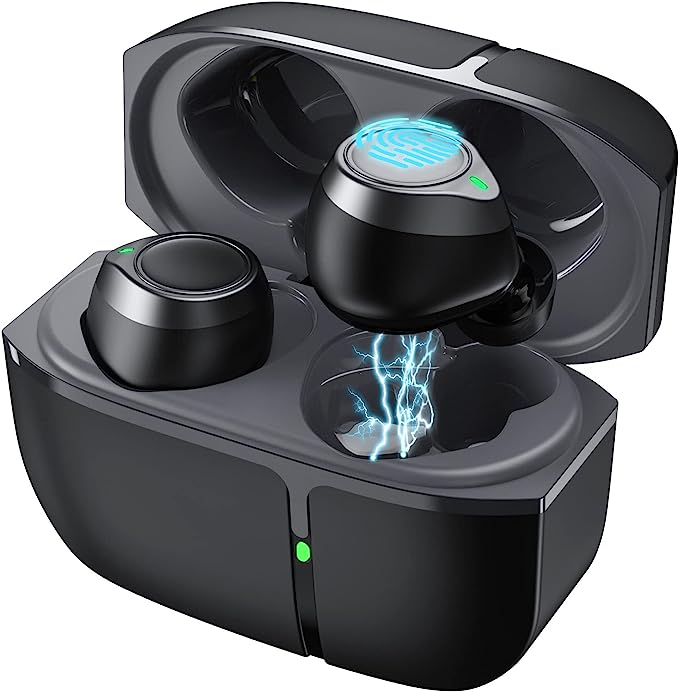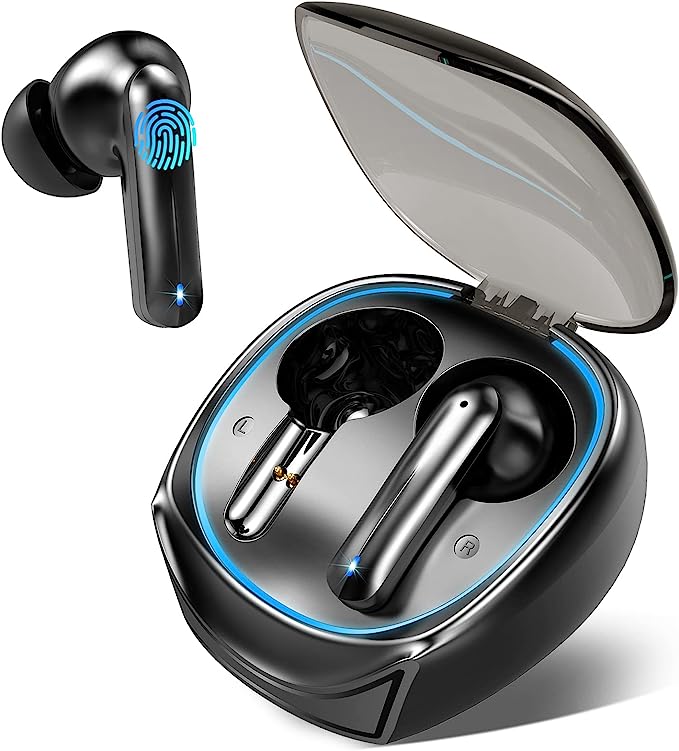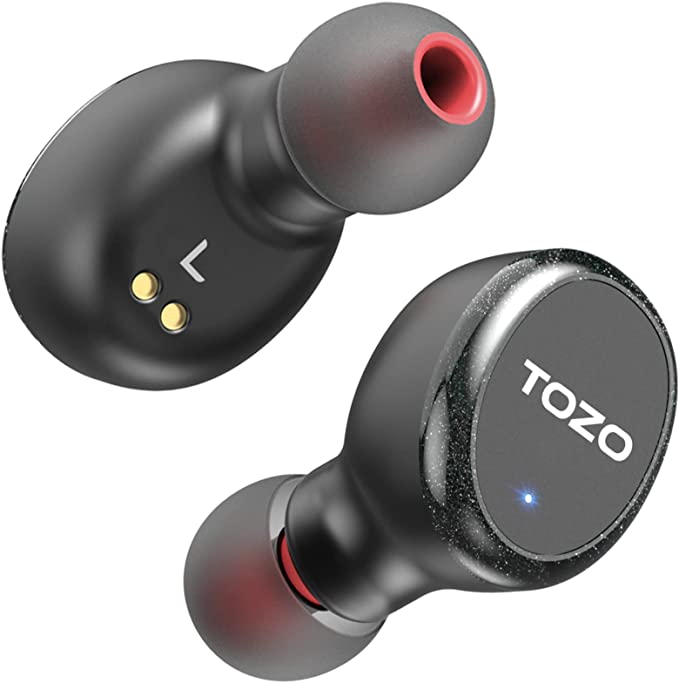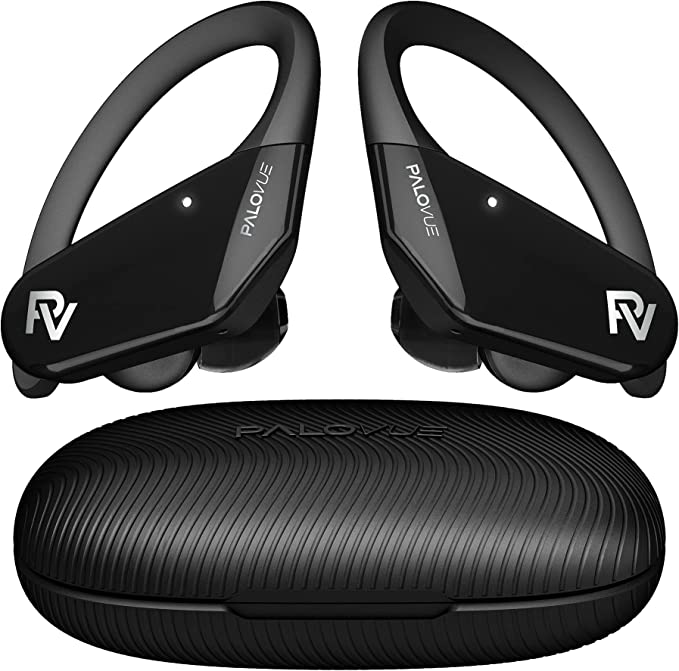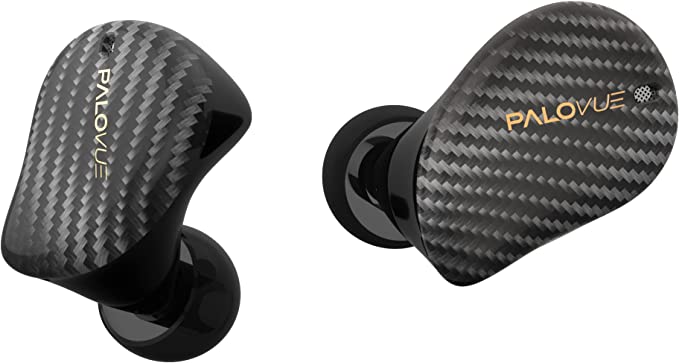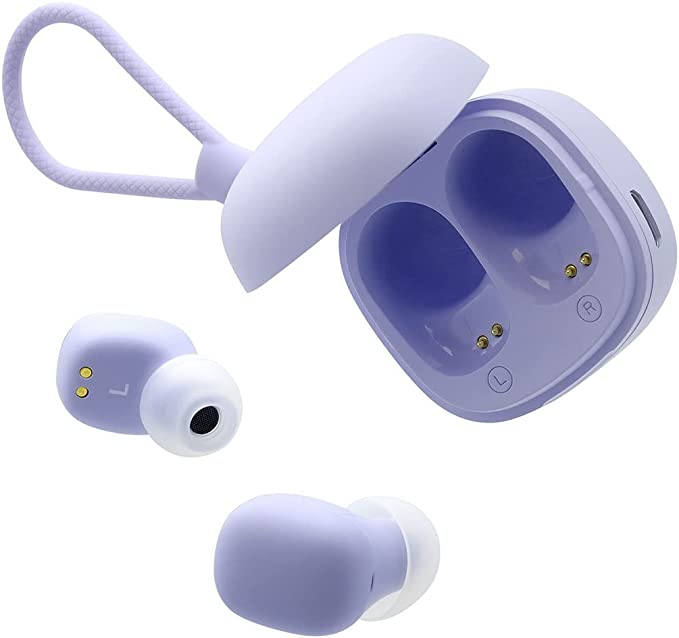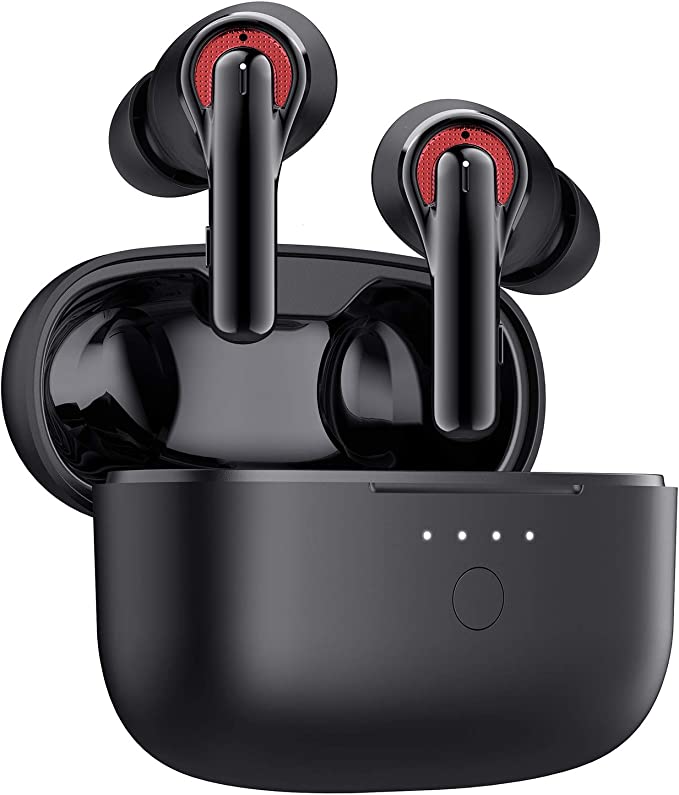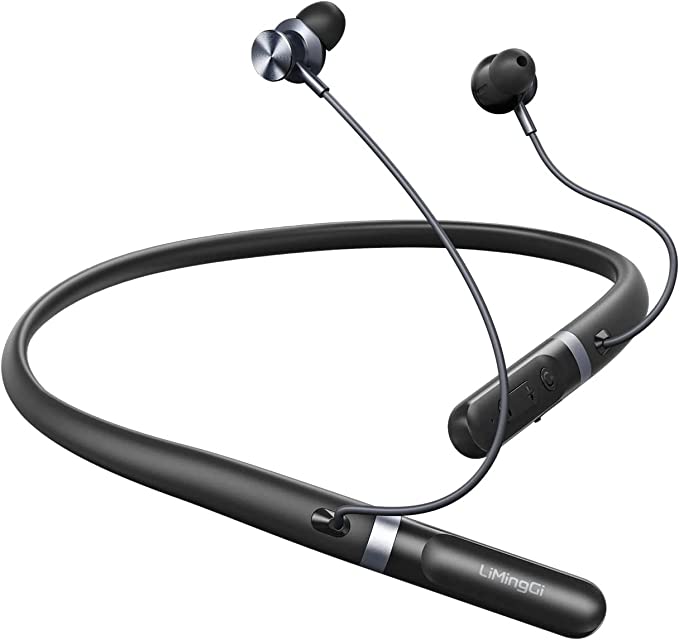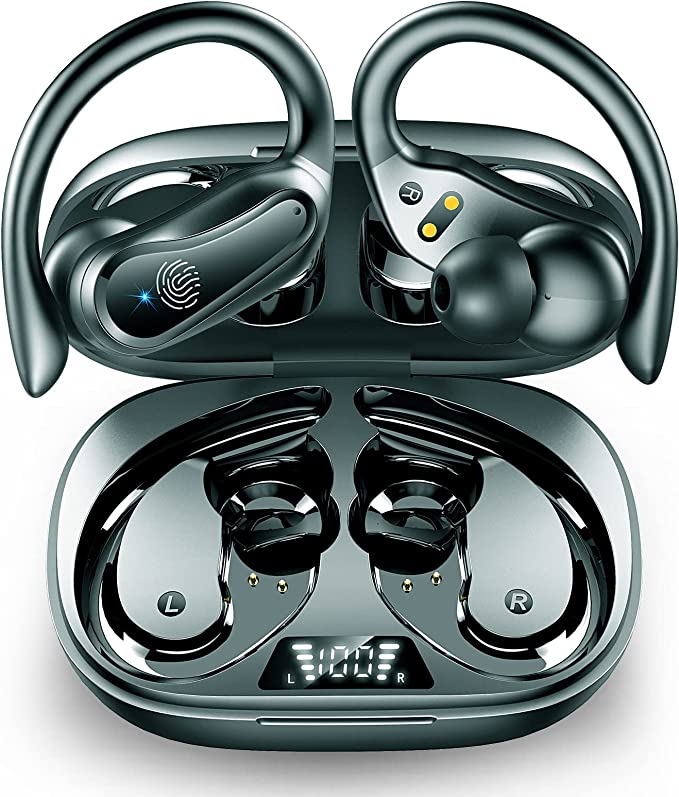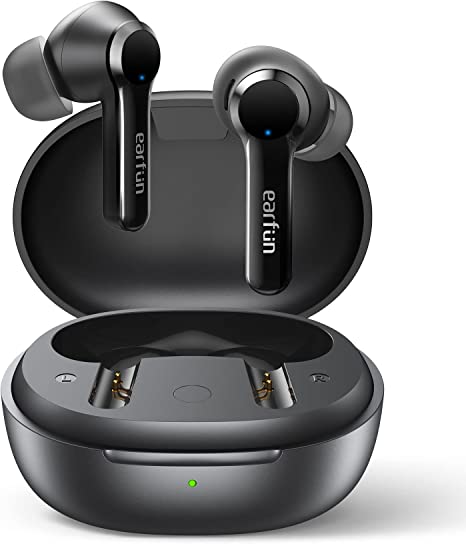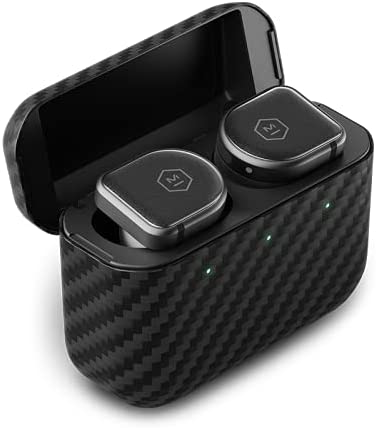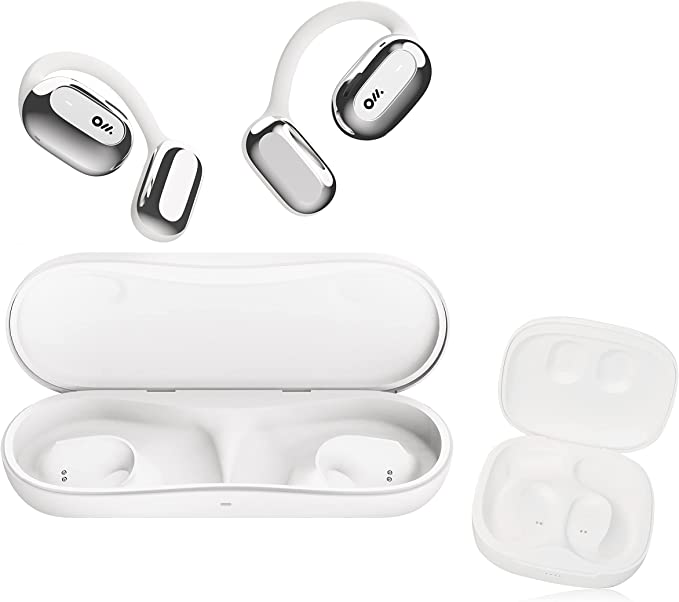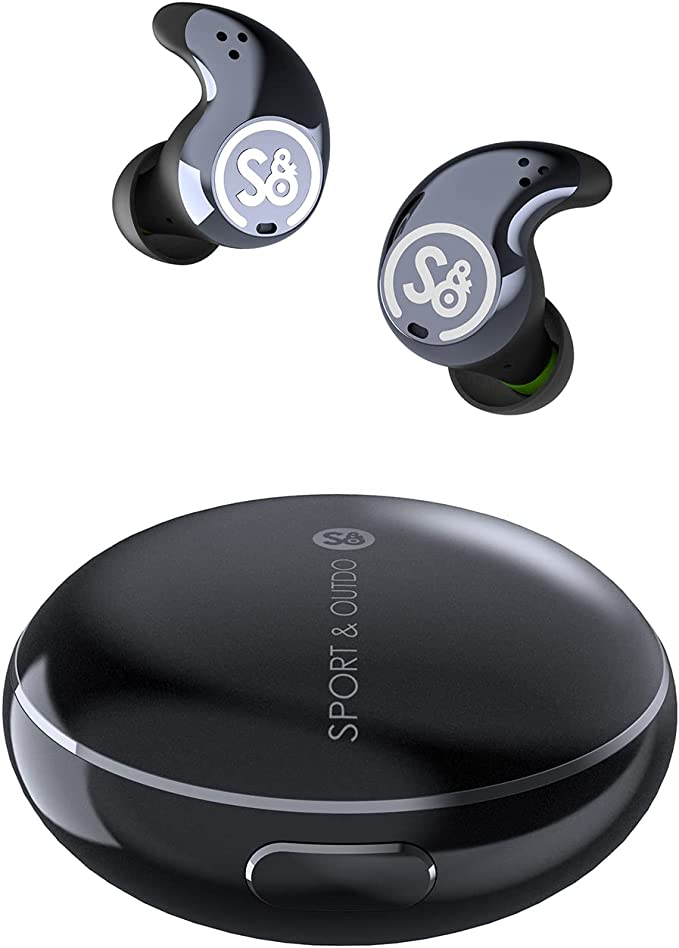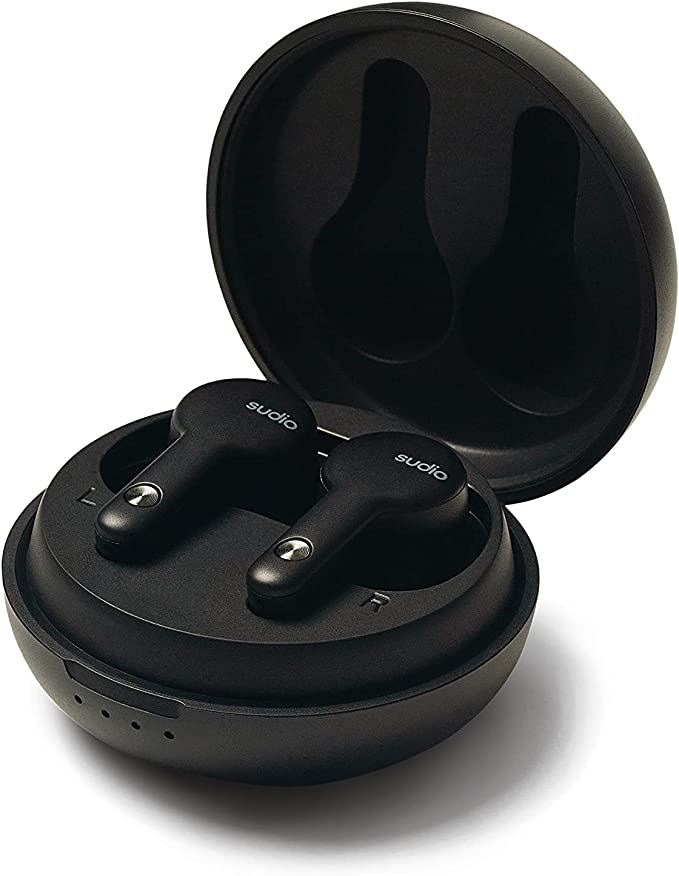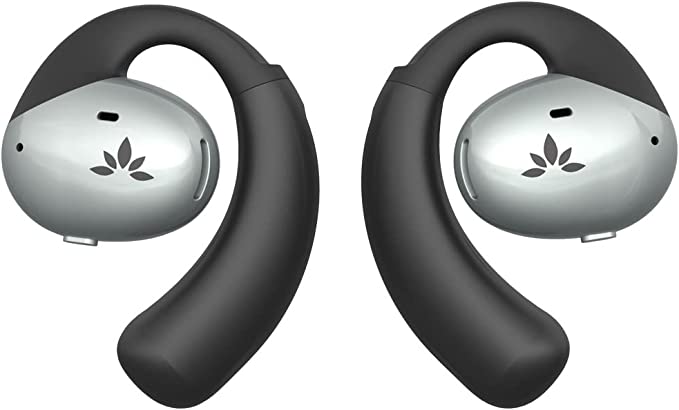Kinganda 750 Wireless Earbuds: A Budget-Friendly Bluetooth Earphone with Killer Battery Life
Update on June 29, 2025, 8:20 a.m.
The other day, I found a box in my attic. Inside, nestled amongst old concert tickets, was my first Sony Walkman. It was a beautiful brick of yellow plastic, and it felt like holding a piece of my soul. I also remember its rituals: the delicate surgery of untangling headphone wires, the frantic hunt for AA batteries, the gut-wrenching moment the music would slow to a demonic crawl, signaling the end of power.
Today, on my desk, sits a pair of Kinganda 750 wireless earbuds. They cost about as much as a pizza, fit in the coin pocket of my jeans, and promise to play music for two full days.
This isn’t just an upgrade. This is a different reality. The journey from that yellow brick to this tiny white pod is more than just a story of a single product; it’s the grand, sprawling epic of modern technology. And by dissecting this unassuming gadget, we can uncover the revolutions in physics, chemistry, and economics that made it possible.

The Great Escape
The first miracle of any true wireless earbud is its freedom. We’ve been liberated from two tyrants: the tangled wire and the dreaded wall socket. This liberation wasn’t a single event but a two-pronged assault waged over decades.
The first front was connectivity. In the mid-1990s, engineers at Ericsson sought a way to replace the clumsy data cables that tethered devices together. They named their short-range radio technology “Bluetooth,” after Harald Bluetooth, the 10th-century Viking king who united the disparate tribes of Denmark and Norway. The name was fitting. The goal of the Bluetooth Special Interest Group (SIG), formed in 1998, was to unite a fragmented world of devices under one wireless standard. The Kinganda 750 uses Bluetooth 5.2, a direct descendant of that vision. Its key innovation, Low Energy (LE) Audio, allows it to maintain a stable connection while sipping power with extreme efficiency. It’s the difference between a gas-guzzling muscle car and a sleek electric vehicle; both get you there, but one does it with far less fuel.
The second front was power. The Walkman’s hunger for AA batteries was relentless. The revolution here is chemical. Inside the 750’s case is a Lithium-Polymer (Li-Po) battery. Building on foundational research from the 1970s, modern Li-Po batteries boast an incredible energy density, typically around 150-250 Watt-hours per kilogram. This means they can pack a tremendous amount of energy into a minuscule, lightweight space. The earbud’s 8-hour life, bolstered by an additional 40 hours from its case, isn’t just a feature; it’s a testament to decades of materials science that has effectively placed a miniature power station in your pocket.

The Art of Being Heard
One of the most common points of confusion in the audio world is “noise cancellation.” The Kinganda 750 claims to have it, and a user like Alexander Maxwell notes it “isn’t up to much,” which perfectly highlights a crucial distinction. These earbuds feature ENC (Environmental Noise Cancellation), not the ANC (Active Noise Cancellation) most people envision.
Think of it this way: * ANC is like putting on soundproof headphones for yourself. It uses microphones to listen to the drone of an airplane engine or the hum of an air conditioner and creates an opposite sound wave to erase it before it reaches your eardrum. It creates a bubble of silence for the wearer. * ENC, on the other hand, is like a highly-trained bouncer at a nightclub for your voice. When you’re on a call in a noisy cafe, its microphones (often an array of them) use a Digital Signal Processor (DSP) to identify the unique pattern of your speech. The bouncer’s job is to let your voice—the VIP—straight through the velvet rope to the person on the other end of the line, while blocking the background chatter, clattering dishes, and traffic noise—the riff-raff—at the door.
So, when the manufacturer claims it reduces background noise by 93%, they mean it’s cleaning up the signal for your listener. It’s a technology born from the pioneering work on voice encoding at places like Bell Labs, designed for clear communication, not personal immersion.
The Physics of a Feeling
At the core of each earbud, a 13mm dynamic driver converts electrical signals into the sound waves that we perceive as music. This isn’t magic; it’s pure 19th-century physics. An electrical current representing the music flows through a voice coil attached to a diaphragm (a thin cone). This coil sits in a magnetic field. The fluctuating current causes the coil to move back and forth, making the diaphragm vibrate, which in turn makes the air around it vibrate. Voila, sound.
The size of the driver matters. Think of a drum kit. A small snare drum produces a sharp, high-pitched crack. A massive bass drum produces a deep, resonant boom. The 13mm driver is relatively large for an earbud, giving it a physical advantage in moving more air, which is essential for creating lower-frequency sounds—the bass and kick drums that form the foundation of so much modern music. It doesn’t guarantee good bass, but it provides the raw potential. The “triple-layer composite diaphragm” is the engineer’s attempt to perfect this process, layering materials to create a surface that is simultaneously rigid enough to avoid distortion and light enough to react instantly to the most subtle changes in the music, aiming for that elusive, unquantifiable goal of “HiFi” sound.

An Uncomfortable Truth
So, if this tiny device is such a technological marvel, where are the compromises? Look no further than its physical shape. The Kinganda 750 features a rigid, one-size-fits-all plastic shell. This is a masterclass in a design philosophy you could call “the economics of good enough.”
For many, like Alexander Maxwell who found them “very comfortable,” the design works. But human ears are as unique as fingerprints. For another user, SanNel, the result was painful: “It fit one ear well but was way too tight in the other.” This is the unavoidable trade-off. Creating a product with multiple tip sizes or a more complex, ergonomic shape adds cost at every stage: design, tooling, manufacturing, and packaging. The hard-plastic shell is an application of Occam’s Razor to product design: the simplest solution is the cheapest. It’s a design decision that accepts that it will fail a certain percentage of its users in order to be accessible to a much larger majority. The same logic applies to its IPX7 rating—a standard defined by the International Electrotechnical Commission (IEC 60529) that guarantees protection against a 30-minute dunk in 1 meter of water. It’s robust enough for sweat and rain, the most common threats, but doesn’t chase the more expensive, niche protection needed for swimming.
An Artifact in Your Pocket
The Kinganda 750 is not the best wireless earbud ever made. It will not satisfy the discerning audiophile, nor will it silence the roar of a subway car. But to dismiss it as “cheap” is to miss the point entirely.
This device is a living artifact. Its effortless Bluetooth connection is the culmination of a Viking king’s legacy. Its marathon battery life is a triumph of materials science. Its clear call quality is a sliver of the genius from Bell Labs. And its compromises are a stark lesson in industrial economics. It is a pocket-sized miracle, representing the relentless democratization of technology—the slow, steady process by which the luxuries of one generation become the affordable, everyday tools of the next.
Holding it, I think back to my yellow Walkman. We’ve gained unimaginable convenience and power. We’ve put the entire history of recorded music in our pockets and given it a battery that refuses to die. The only question left is, now that we can listen to anything, anytime, anywhere, have we figured out what’s truly worth hearing?
